Varieties Of Forsythia: What Are Some Common Forsythia Bush Varieties
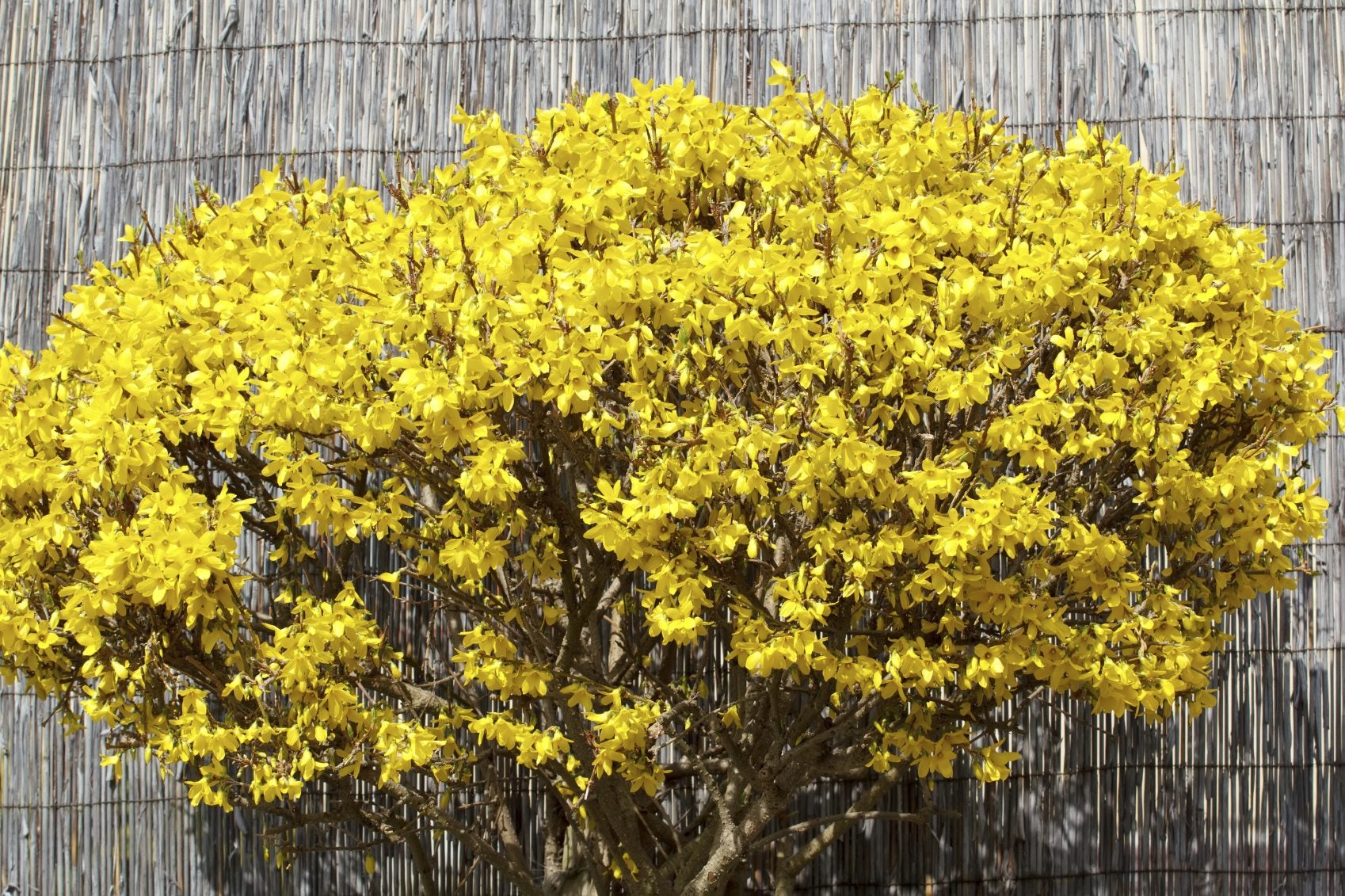

Known for its bursts of brilliant yellow color that arrive even before the first leaf unfurls, forsythia is a delight to behold. Find out about some popular forsythia varieties in this article.
Mixing Shrubs with Forsythia Bush Varieties
Despite its bright spring color display, forsythia isn’t meant to be a specimen or stand-alone plant. The color lasts only three weeks at most, and once the flowers are gone, forsythia is a plain Jane of a plant. The foliage isn’t particularly attractive and for most forsythia bush varieties, there is no pretty fall color. You can overcome the shrub’s limited season by surrounding it with other shrubs to create a border with several seasons of interest. Don’t forget to include a forsythia in the mix because you won’t find another shrub that blooms as early or more prolifically.
Varieties of Forsythia
There isn’t much variety of color in the different types of forsythia. All are yellow, with only subtle variations in shade. There is a white forsythia, but that is a completely different plant belonging to a different botanical family. There are, however, differences in the size of the shrub and enough variation in bloom times that you can extend the season a couple of weeks by planting different varieties. Here are some of the most popular varieties:
- 'Beatrix Farrand' is one of the largest forsythias, measuring up to 10 feet (3 m.) tall and wide. It also has some of the largest flowers, measuring about 2 inches (5 cm.) in diameter. This is a graceful, fountain-shaped shrub. Other types are often compared to ‘Beatrix Farrand’ because it is considered superior in flower color and size as well as habit and vigor.
- 'Lynwood Gold' flowers aren’t as large or as vibrant in color as ‘Beatrix Farrand,’ but it flowers reliably year after year without a lot of attention. It is more upright than ‘Beatrix Farrand’ and measures about 10 feet (3 m.) tall and 8 feet (2 m.) wide.
- ‘Northern Gold’ is a golden yellow, cold hardy variety. It flowers even after a severe winter, tolerating temperatures as low as -30 degrees F. (-34 C.). It is a good choice for windswept areas. Other cold-hardy types include ‘Northern Sun’ and ‘Meadowlark.’
- ‘Karl Sax’ blooms two weeks later than other types. It is bushier than 'Beatrix Farrand' and grows about 6 feet (2 m.) tall.
- ‘Show Off’ and ‘Sunrise’ are mid-sized shrubs that measure 5 to 6 feet (1.5-2 m.) tall. Choose ‘Show Off’ if you want to cut branches for indoor arrangements and ‘Sunrise’ if you prefer a mounding shrub that has a touch of fall color and looks great in the landscape.
- Golden Peep, Goldilocks, and Gold Tide are dwarf, trademarked varieties. They are compact and measure around 30 inches (76 cm.) tall. These little shrubs make good groundcovers.
Gardening tips, videos, info and more delivered right to your inbox!
Sign up for the Gardening Know How newsletter today and receive a free copy of our e-book "How to Grow Delicious Tomatoes".

Jackie Carroll has written over 500 articles for Gardening Know How on a wide range of topics.
-
 Looking For Plants To Give You The Soft And Fuzzies? Try These 5 Fuzzy Leaf Plant Options
Looking For Plants To Give You The Soft And Fuzzies? Try These 5 Fuzzy Leaf Plant OptionsLovers of texture, drama, silver foliage and tactile plants will adore these special sensory garden additions. These fuzzy leaf plant options will leave you all aglow
By Susan Albert
-
 Get Ready For A Summer Of Hummers! Grow These Full Sun Hummingbird Plants and Flowers
Get Ready For A Summer Of Hummers! Grow These Full Sun Hummingbird Plants and FlowersIf you’re lucky enough to enjoy a sunny backyard, make sure you are maxing out on your pollinator opportunities and grow these full sun hummingbird plants and flowers
By Tonya Barnett
-
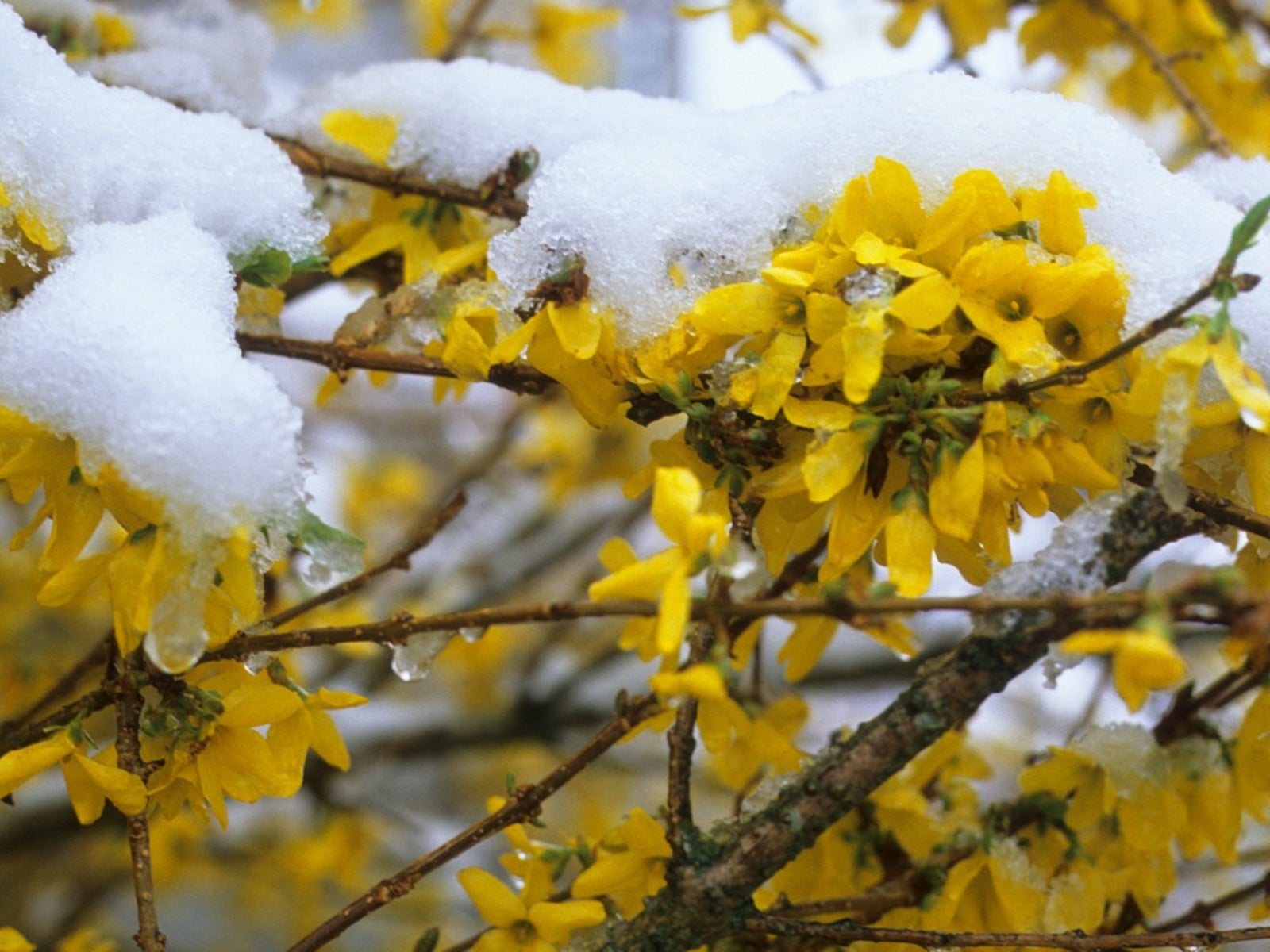 Forsythia Winter Damage: How To Treat A Cold Damaged Forsythia
Forsythia Winter Damage: How To Treat A Cold Damaged ForsythiaForsythia plants produce many stems and often need pruning to keep looking their best. Cold or windy winters may injure forsythias, but they usually recover. If you are wondering how to treat a cold damaged forsythia, this article will help.
By Teo Spengler
-
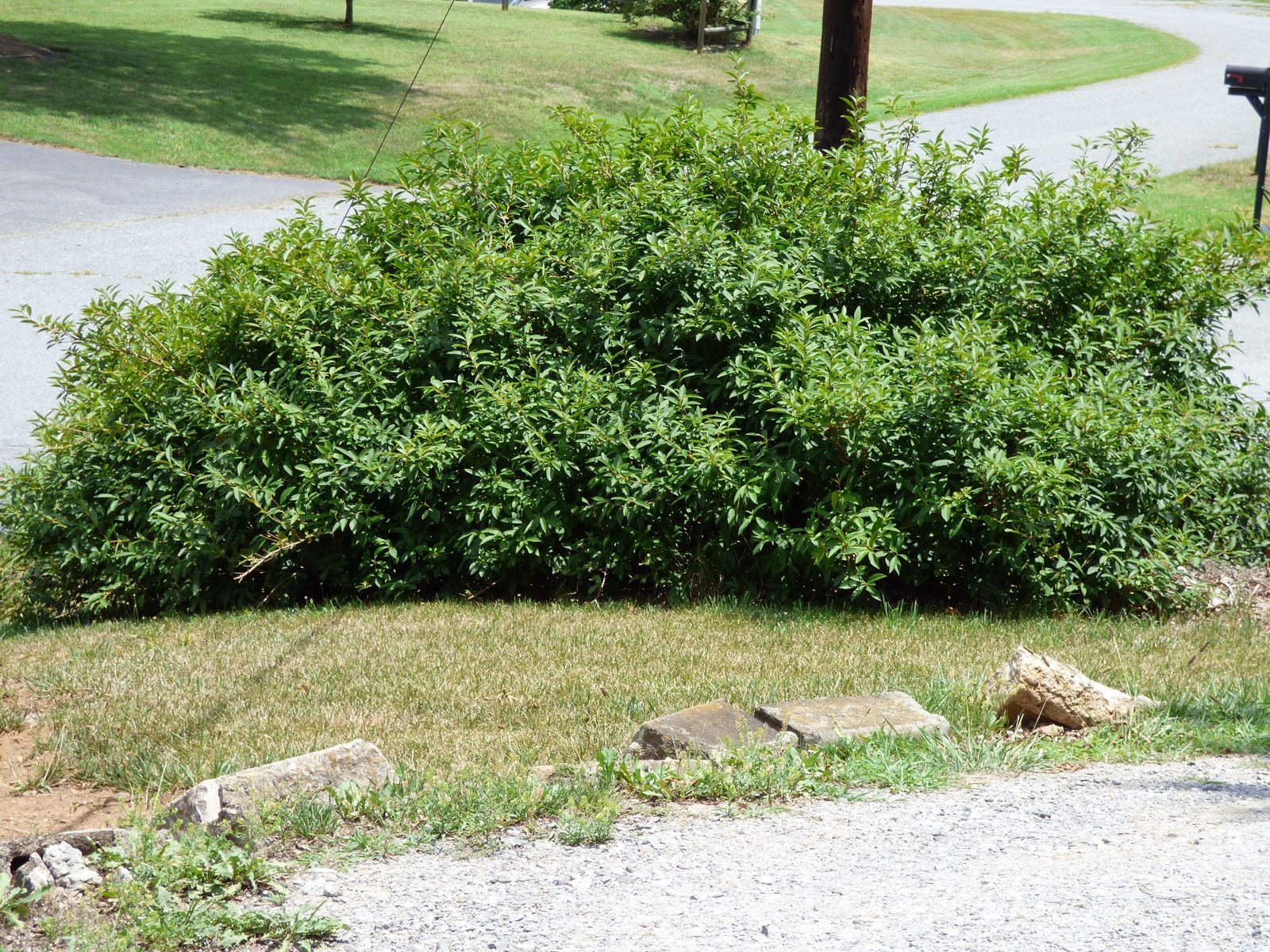 Forsythia Rejuvenation Pruning: Tips On Hard Pruning Forsythia Bushes
Forsythia Rejuvenation Pruning: Tips On Hard Pruning Forsythia BushesForsythias may start out as attractive landscape shrubs, but over time they can lose their luster. Learn more about hard pruning forsythia bushes once they've outgrown their space by clicking on the following article.
By Karen Boness
-
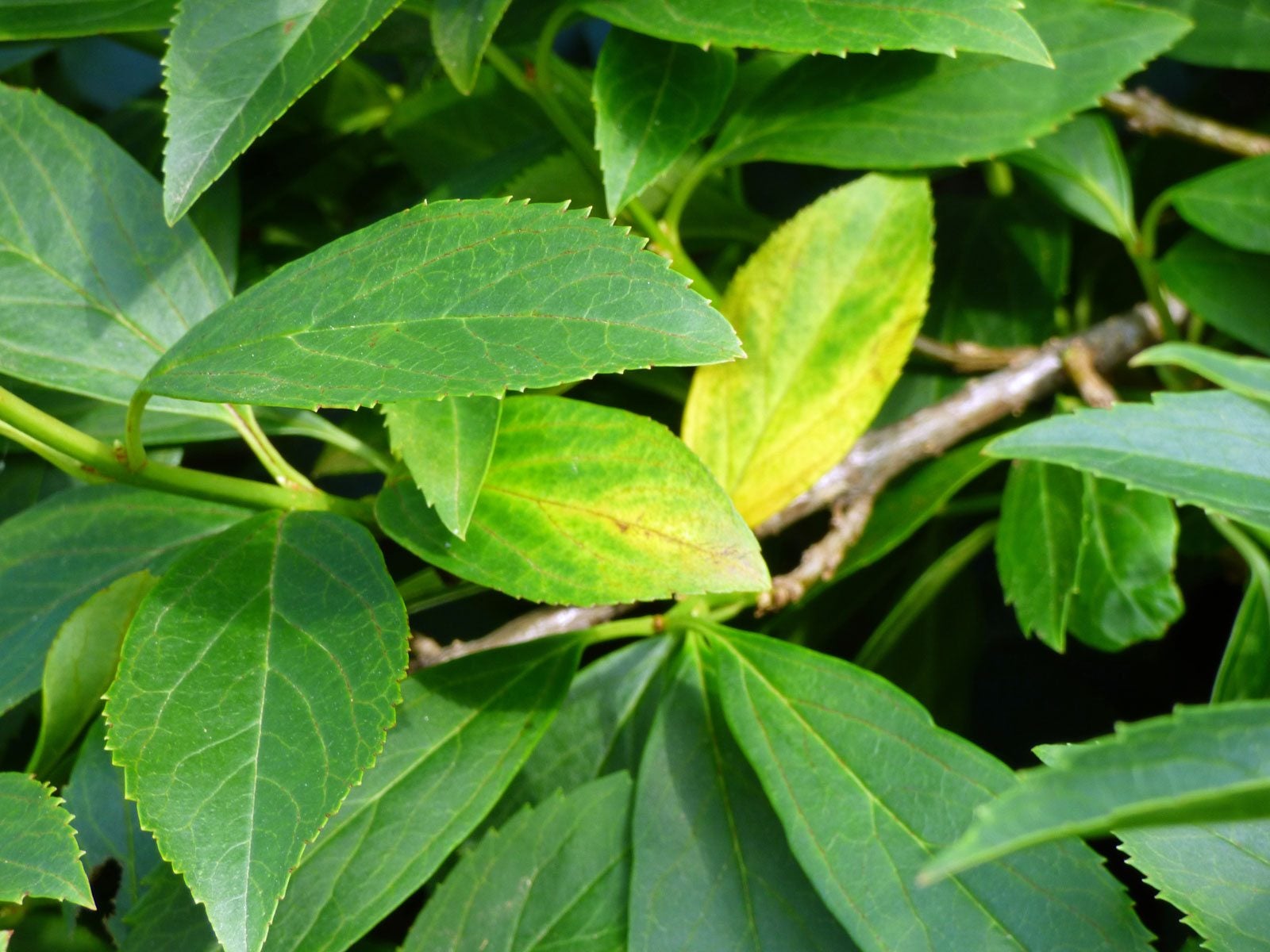 Forsythia Leaves Turning Yellow – Reasons For Yellow Leaves On Forsythia
Forsythia Leaves Turning Yellow – Reasons For Yellow Leaves On ForsythiaIf you see your forsythia leaves turning yellow, it could be a sign of a significant fungal issue. Yellowing forsythia bushes are normal before fall leaf drop but during the growing season it's time for action. Learn more here.
By Bonnie L. Grant
-
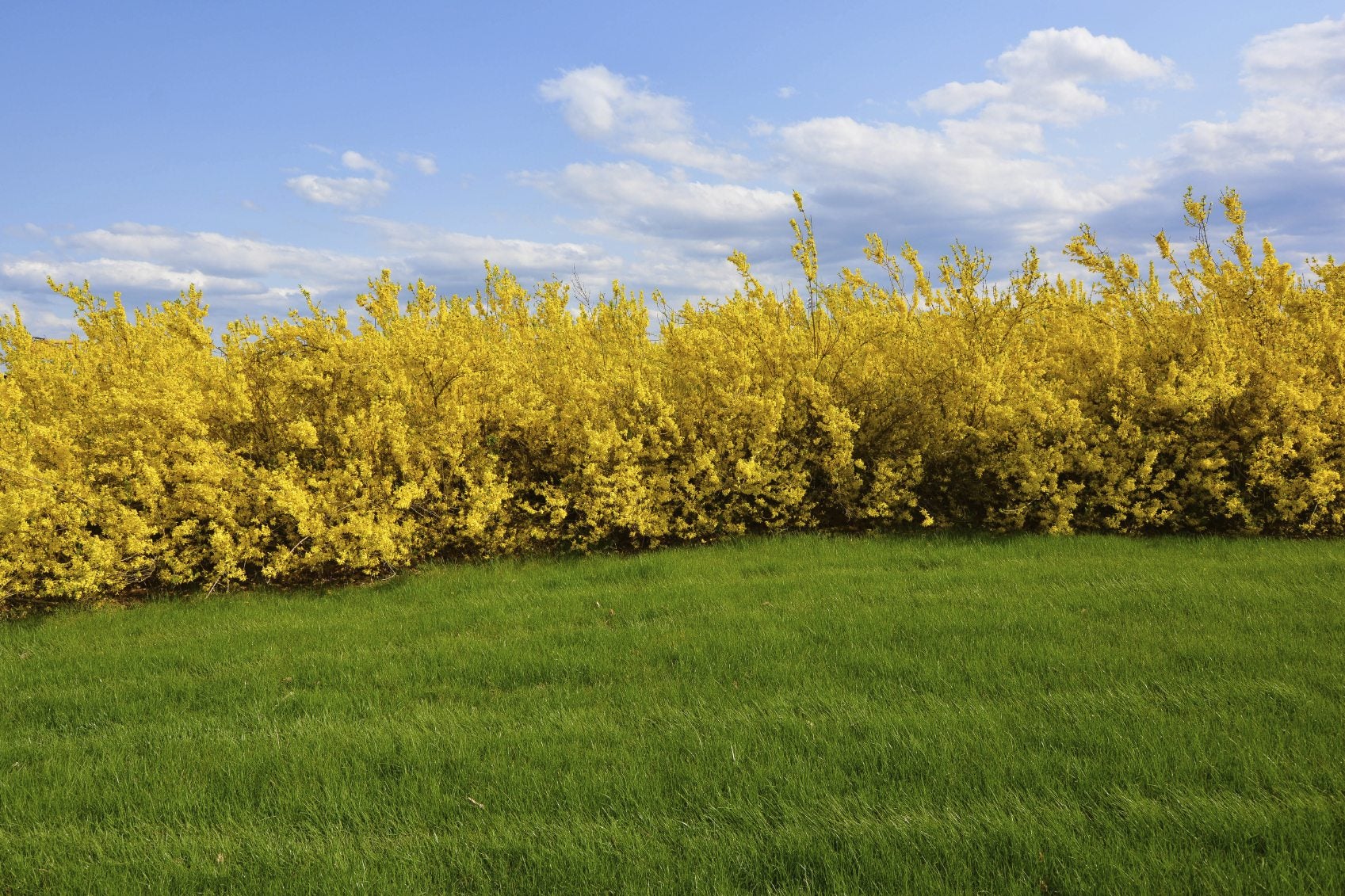 Planting Forsythia Hedges: Tips On Using Forsythia As A Hedge
Planting Forsythia Hedges: Tips On Using Forsythia As A HedgeIf you plan on using forsythia as a hedge, it is important to plant them correctly. This article has information on planting forsythia hedges and forsythia hedge pruning so you can find success with this type of hedge. Click here to learn more.
By Teo Spengler
-
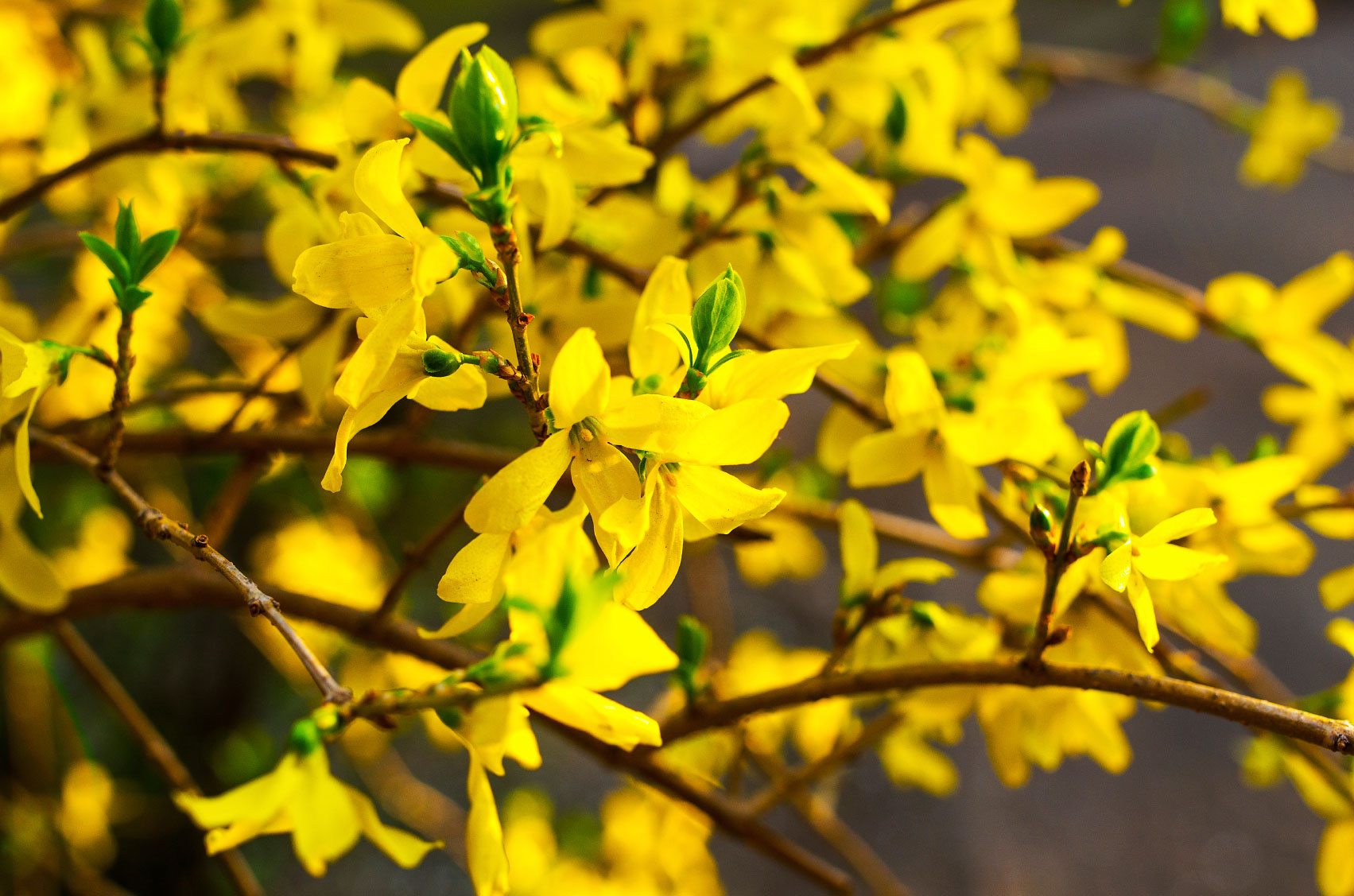 Can You Propagate Forsythia: How To Propagate Forsythia Shrubs
Can You Propagate Forsythia: How To Propagate Forsythia ShrubsForsythia bursts into bloom in late winter, well ahead of most other early-season shrubs. They look fantastic in groupings and shrub borders. If you can't get enough of them, read this article to find out about propagating forsythia plants.
By Jackie Carroll
-
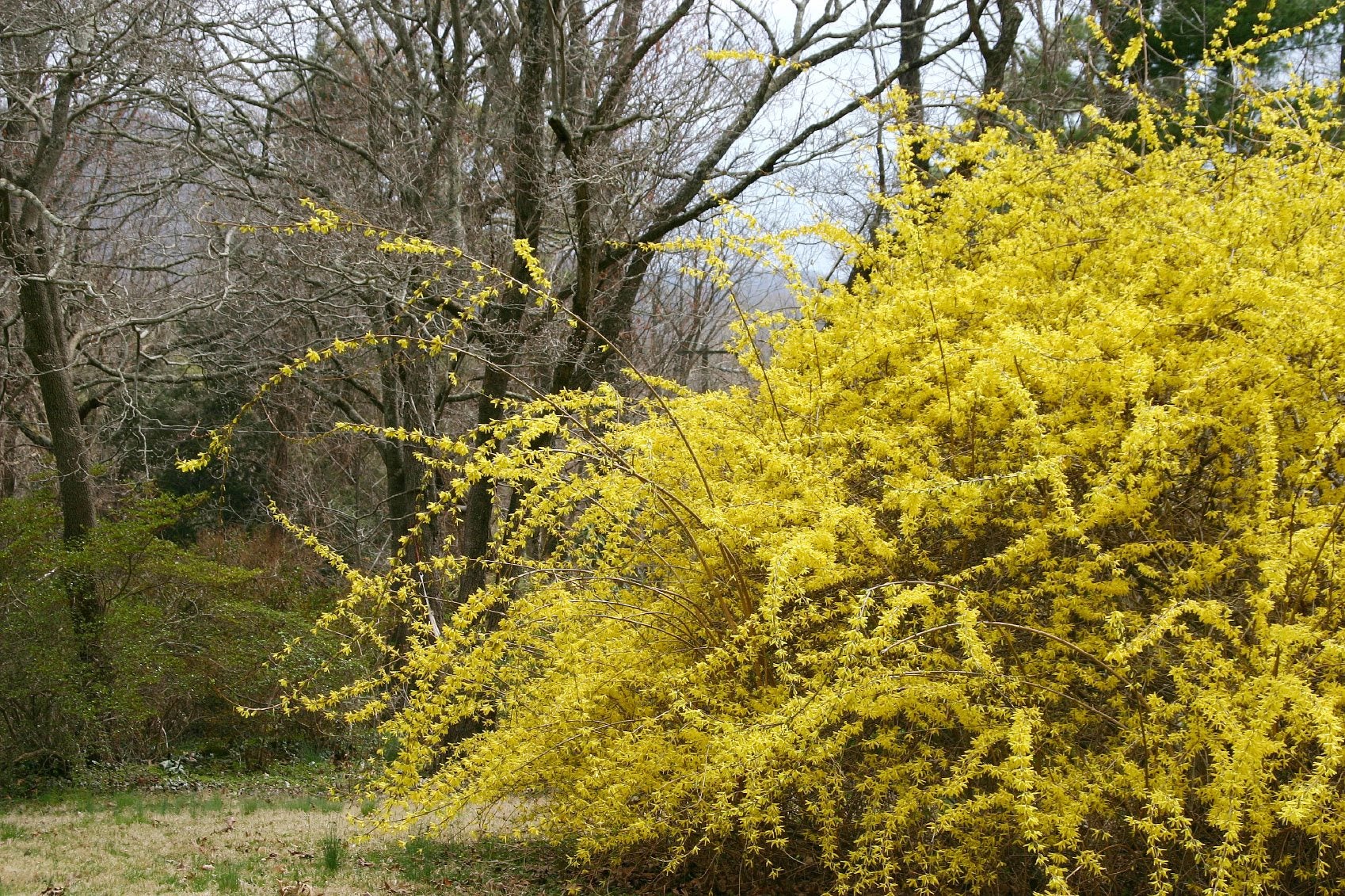 Tips For Growing A Weeping Forsythia Shrub
Tips For Growing A Weeping Forsythia ShrubA true harbinger of spring, forsythia blooms in late winter or spring. Weeping forsythia is slightly different from its cousin, the border forsythia, in that it has trailing branches. This article explains how to care for this large, graceful shrub.
By Jackie Carroll
-
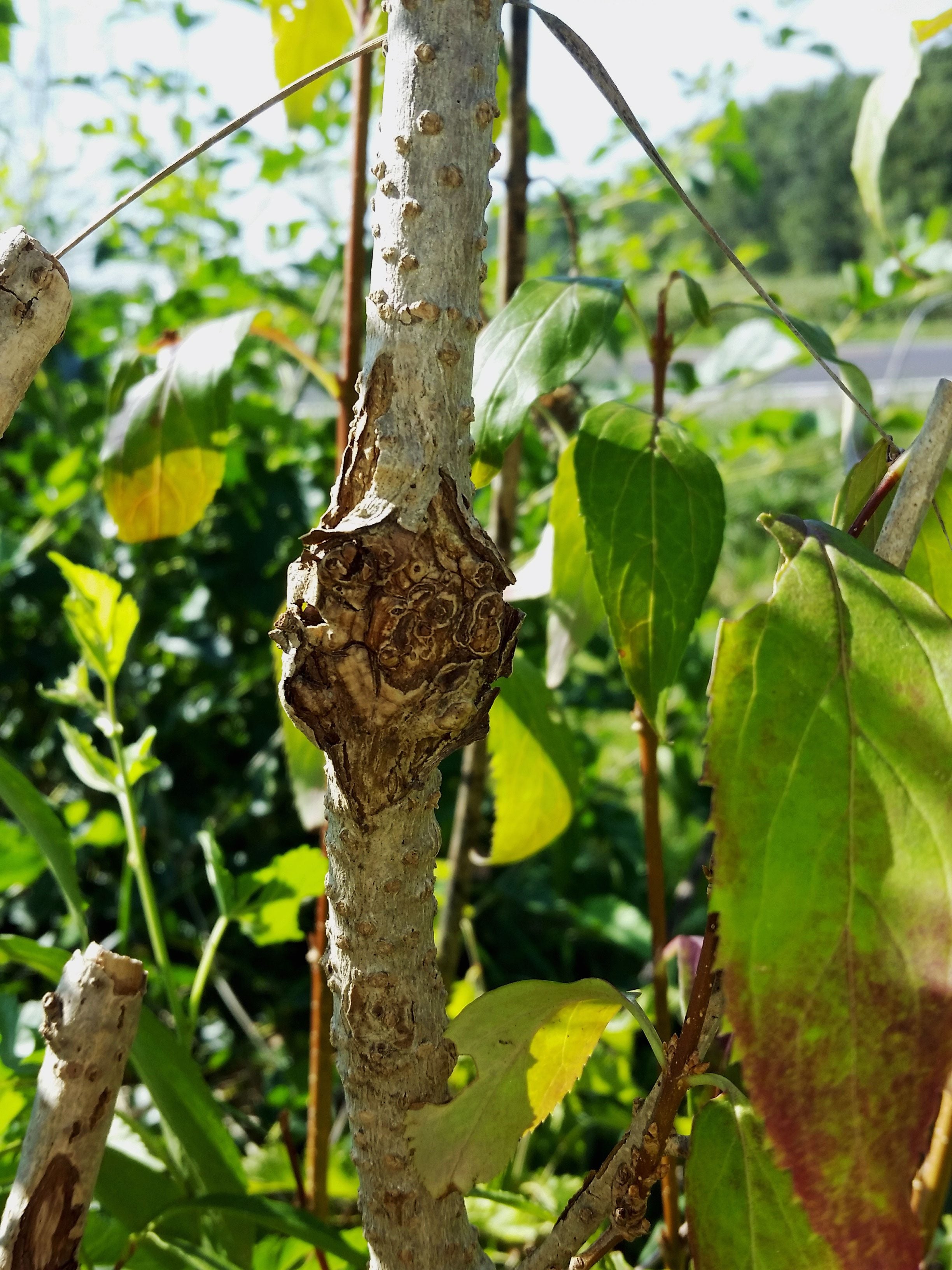 Forsythia Gall Treatment: How To Fix Phomopsis Gall On Forsythia Bush
Forsythia Gall Treatment: How To Fix Phomopsis Gall On Forsythia BushForsythia shrubs are well known for their beauty and tenacity, but even the toughest of these shrubs can become sickly in the presence of phomopsis galls. Read this article to find out how to manage this unsightly fungus.
By Kristi Waterworth
-
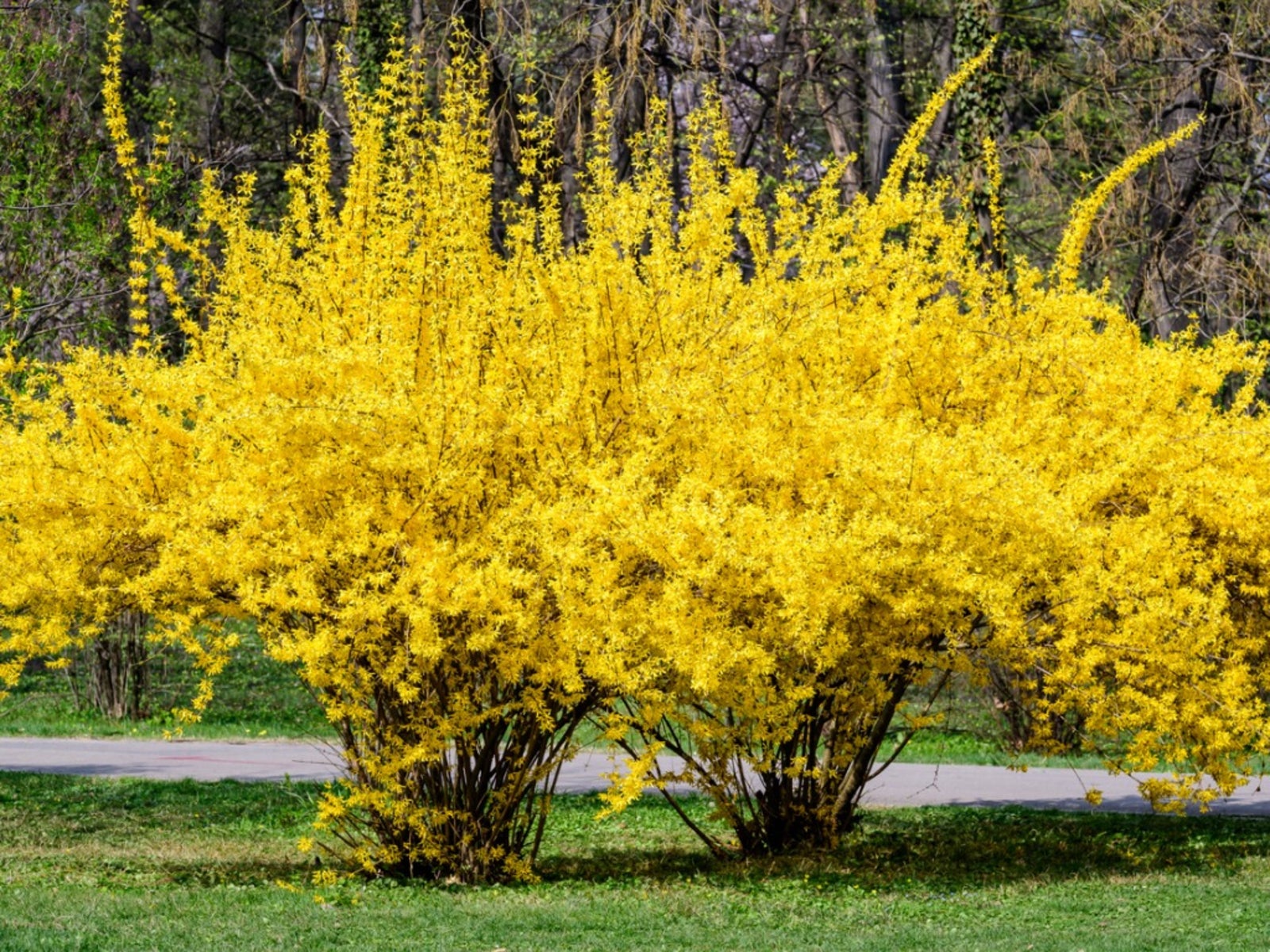 Reasons Why A Forsythia Will Not Bloom
Reasons Why A Forsythia Will Not BloomNothing says spring like those bright yellow blooms. But what happens when spring comes and nothing happens? If there are no blooms on the forsythia bush, it helps to pinpoint the issue. This article will help.
By Jackie Rhoades